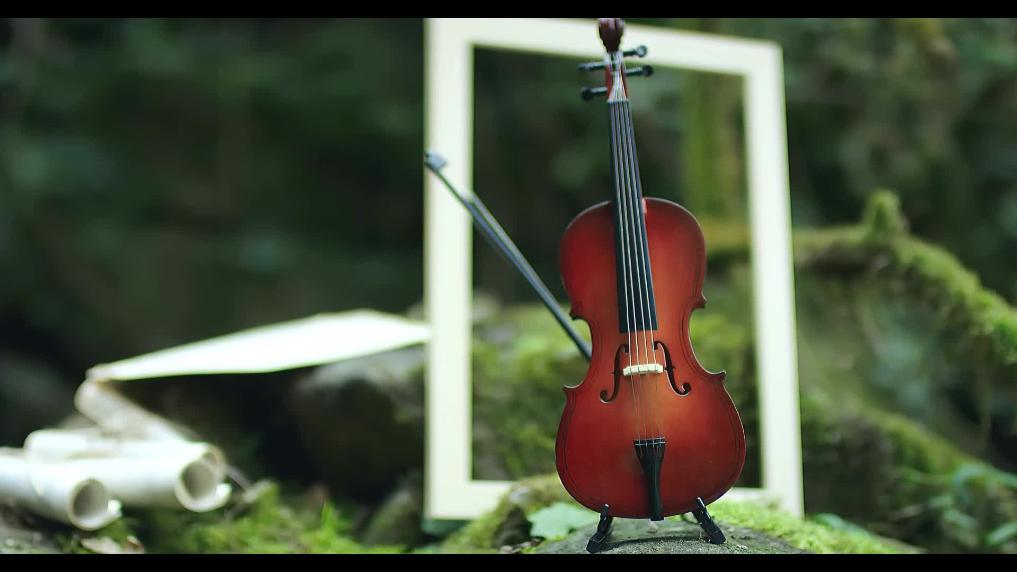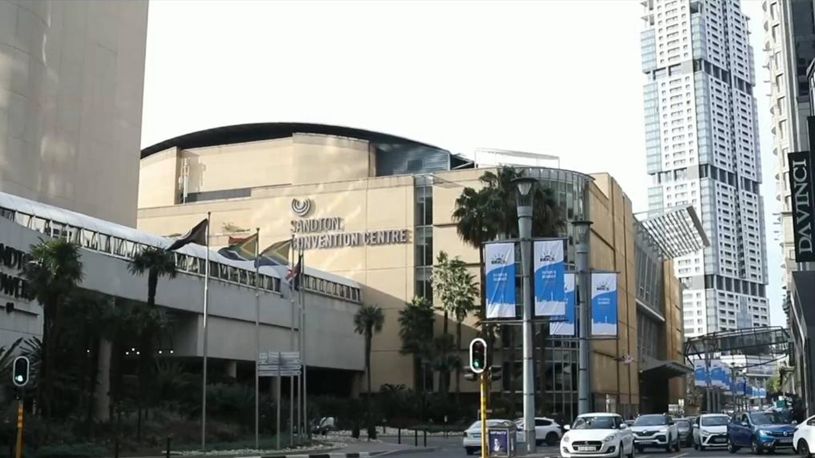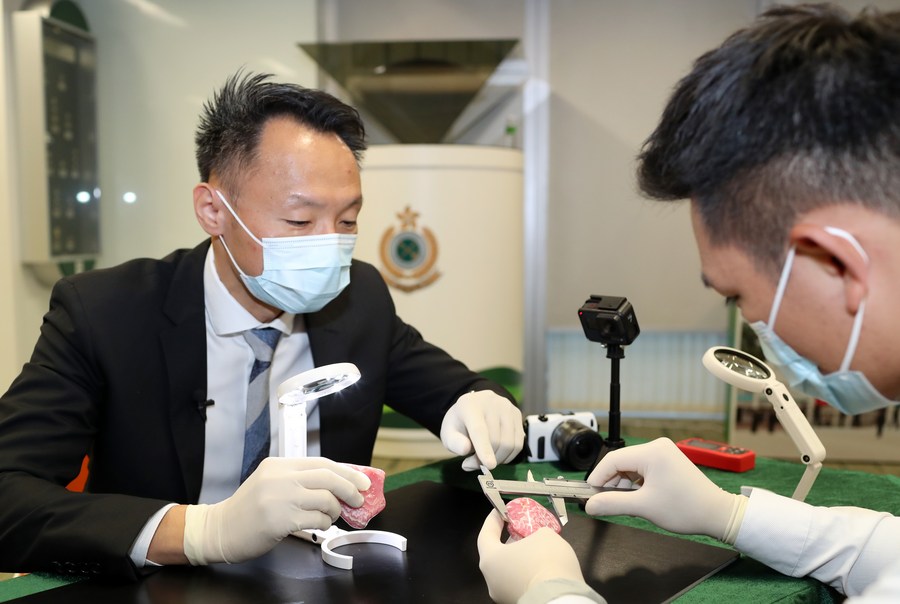
Lau Yuk-lung (L), a supervisor in the intelligence bureau of the Hong Kong Customs, examines the texture of a piece of jade with his colleague in Hong Kong, south China, Aug. 18, 2023. (Xinhua/Li Gang)
"The establishment of this team signifies our commitment to intensify efforts in combating cultural relic smuggling and protecting the security of the national cultural heritage," said Lau Yuk-lung, a supervisor in the intelligence bureau of Hong Kong Customs, who is also the captain of the customs' first-ever National Cultural Relics Identification Team.
HONG KONG, Aug. 28 (Xinhua) -- Lau Yuk-lung and his colleagues, wearing masks and gloves, meticulously examine the texture of a piece of jade using magnifying glasses, while a specially designed miniature camera silently records the process with its flashing red indicator light.
"By wearing masks and gloves, we prevent droplets and sweat from damaging the artifacts. We use magnifying glasses to observe the details, and the camera records the entire process, making it possible to restore any potential damages to the cultural relics exactly as they were," he said.
Lau is not a jewelry appraiser nor a professional in the field of cultural relics. He is a supervisor in the intelligence bureau of the Hong Kong Customs. Now, he has taken on a new role as the captain of the customs' first-ever National Cultural Relics Identification Team, established in early July this year to enhance its enforcement capabilities against cultural relic smuggling.
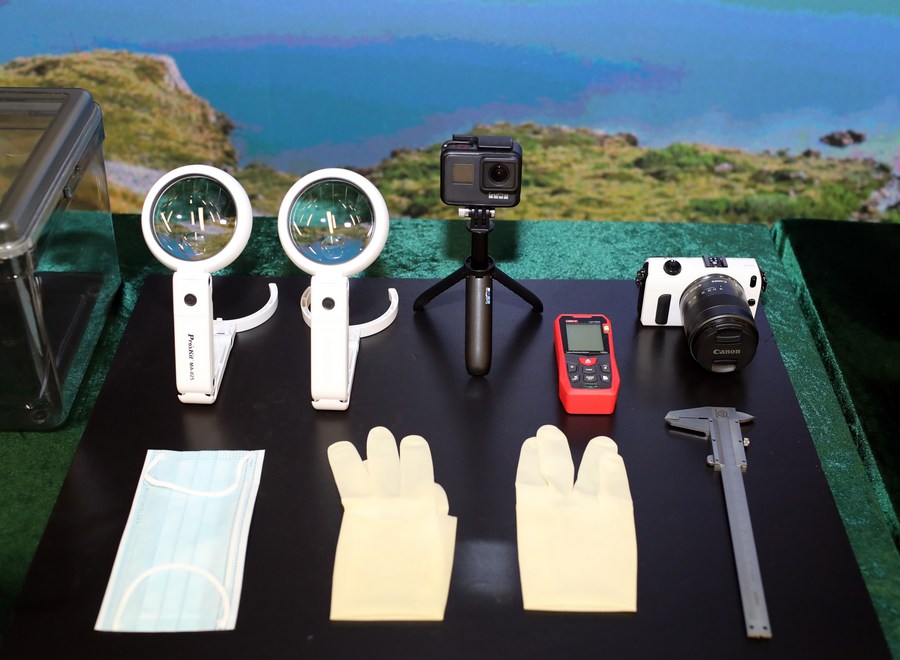
This photo taken on Aug. 18, 2023, shows the equipment used in identification of cultural relics, in Hong Kong, south China. (Xinhua/Li Gang)
To Lau, this is a milestone event. "As one of the major law enforcement agencies at the port, the Hong Kong Customs bears a significant responsibility in guarding the southern gateway of China. The establishment of this team signifies our commitment to intensify efforts in combating cultural relic smuggling and protecting the security of the national cultural heritage."
The team members were selected internally based on certain criteria. In addition to the requirements related to their customs duties, proficiency in Mandarin and a passion for cultural relics and Chinese culture were essential.
Upon the announcement of the team's formation, over 100 people applied. Ngai Pak-hei, an acting senior inspector, was one of them. The narrative of cultural relics being lost in historical novels, such as the case of the Dunhuang artifacts, had deeply affected Ngai.
"Now that I have the opportunity to be personally involved and contribute to the protection of national cultural relics, I cannot pass it up," she said. "It was unexpected how intense the competition was. The examiners were even stricter than in regular job interviews."
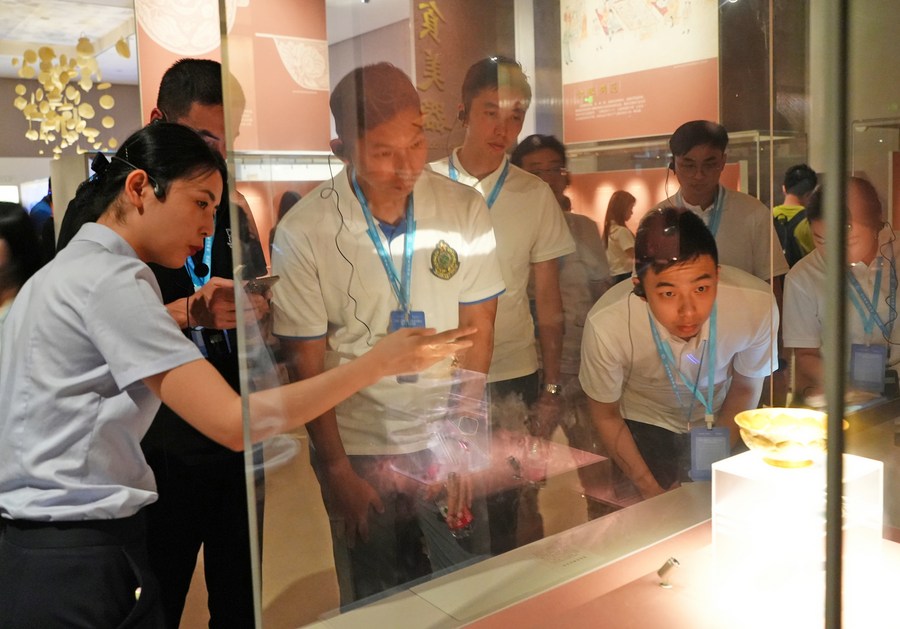
Members of Hong Kong Customs' National Cultural Relics Identification Team visit Shaanxi History Museum in Xi'an, northwest China's Shaanxi Province in July 2023. (Xinhua)
After the selection process, Ngai and 30 colleagues from different departments of Hong Kong Customs joined the team. The team's first significant "mission" was to travel together to Xi'an, northwest China's Shaanxi Province, to participate in a week-long training program, the inaugural mainland, Hong Kong and Macao course on capacity building to prevent illegal trafficking of cultural heritage, jointly organized by the National Cultural Heritage Administration (NCHA) and the Hong Kong Customs.
The training program was conducted by industry experts from the NCHA, the Ministry of Public Security, and the General Administration of Customs. The curriculum encompassed cultural relic identification, regulation of the cultural relic market, relevant laws concerning the prevention and crackdown on cultural relic-related offenses, and law enforcement strategies.
The team members were overwhelmed by the rich and splendid Chinese civilization as they visited the Shaanxi History Museum, the Museum of Qin Terra-cotta Warriors and Horses, and other renowned cultural sites, exclaiming that the cultural heritage of Xi'an is incredibly profound.
"In the past, when visiting museums, I didn't pay much attention to the details," said Lau. "However, during practical training, we learned to scrutinize every aspect, from top to bottom, from the outside to the inside, observing each minute detail and determining whether it is a cultural relic and possibly from which dynasty."
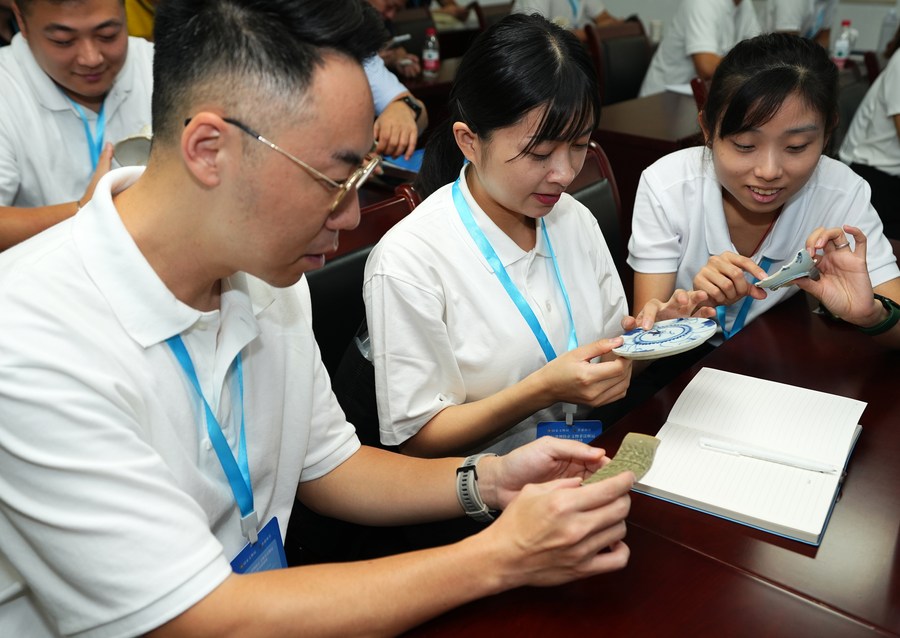
Members of Hong Kong Customs' National Cultural Relics Identification Team study at Shaanxi Institute for the Preservation of Cultural Heritage in Xi'an, northwest China's Shaanxi Province in July 2023. (Xinhua)
This is similar to our investigative work, which requires a particularly professional and rigorous attitude, said Lau, who has worked in customs intelligence for over 20 years.
During the lectures, when the instructors expressed their indignation about cultural relics being stolen and sold, their emotions inspired every team member. Ngai was deeply impressed by the case of the stone sarcophagus of Tang empress Wu Huifei, which was recovered after years of being situated overseas.
"Now that our country has become stronger, we have greater determination and ability to protect our national treasures," she said.
Back in Hong Kong, the team members, divided into four squads, rotate shifts for one month each, to handle cultural relics identification tasks at different ports and checkpoints. Equipped with their newly acquired knowledge and skills, the team members are ready to identify and intercept cultural relic smuggling attempts.
Lui became one of the first batch of training instructors. During the lecture, he explained that ancient calligraphy and paintings are particularly sensitive to temperature and humidity and need to be carefully controlled. When taking out a vase, he advised against habitually grabbing it by the neck because that part is extremely fragile for cultural relics. "You should hold it like cradling a newborn baby, supporting it with both hands."
Lui has already set his sights on the next target along the high-speed railway, Hunan Museum in central China. Ngai, on the other hand, has a desire to return to Xi'an with her family and experience walking through the Daming Palace in traditional Hanfu attire. "The streets are wide, long, and clean. Walking along them gives a true sense of Chang'an (ancient name for Xi'an)." ■




